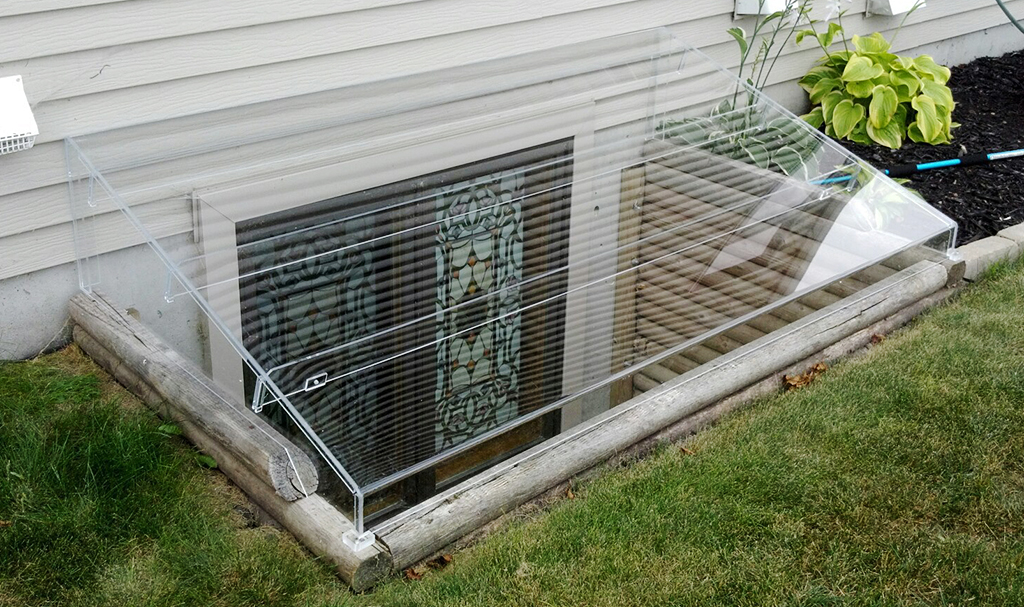
Window wells are not just excavated depressions around basement windows; they play a vital role in safeguarding your home against various elements. These structures are designed to allow natural light into basement spaces while preventing water damage and flooding. Different types of window wells are available, ranging from galvanized steel to composite materials. Understanding the purpose of these structures and the materials involved is fundamental to making informed decisions during the window well installation process.
The Role of Window Wells in Home Safety
One of the primary functions of window well installation is to protect your home from water-related issues. Improperly installed or neglected window wells can lead to basement flooding, resulting in significant damage and costly repairs. These structures act as barriers, directing water away from your basement and ensuring a dry, safe environment.
Considerations for Proper Window Well Installation
Choosing the right material for your window well is crucial. Galvanized steel is a popular choice due to its durability, but composite materials provide a more aesthetic appeal. Proper sizing and dimensions are equally important, ensuring that the window well adequately covers the basement window and allows for easy egress.
Common Mistakes to Avoid
Several common mistakes can compromise the effectiveness of window wells. Incorrect sizing and placement can render the structures ineffective, and poor drainage solutions can lead to water accumulation. Choosing substandard materials might save costs initially, but it could result in premature deterioration and the need for replacement.
The Aesthetic Aspect of Window Well Installation
Beyond functionality, window wells contribute to the overall aesthetic of your home. Enhancing curb appeal is crucial for homeowners, and decorative window well covers provide an opportunity to add a touch of style. These covers come in various designs and materials, allowing homeowners to personalize their homes while ensuring proper functionality.
Maintenance Tips for Window Wells
Proper maintenance is key to ensuring the longevity and effectiveness of window wells. Regular cleaning and inspection help identify and address potential issues before they escalate. Clearing debris, checking for cracks, and ensuring proper drainage are simple yet effective maintenance practices that can make a significant difference.
Cost Considerations
Budgeting for window well installation involves considering the initial costs as well as the long-term benefits. While professional installation may have upfront expenses, the long-term cost benefits, such as preventing basement flooding and water damage, outweigh the initial investment.
Regulations and Codes
Understanding local building codes is crucial when installing window wells. Compliance with safety regulations ensures that the structures meet the necessary standards, contributing to the overall safety of your home.





